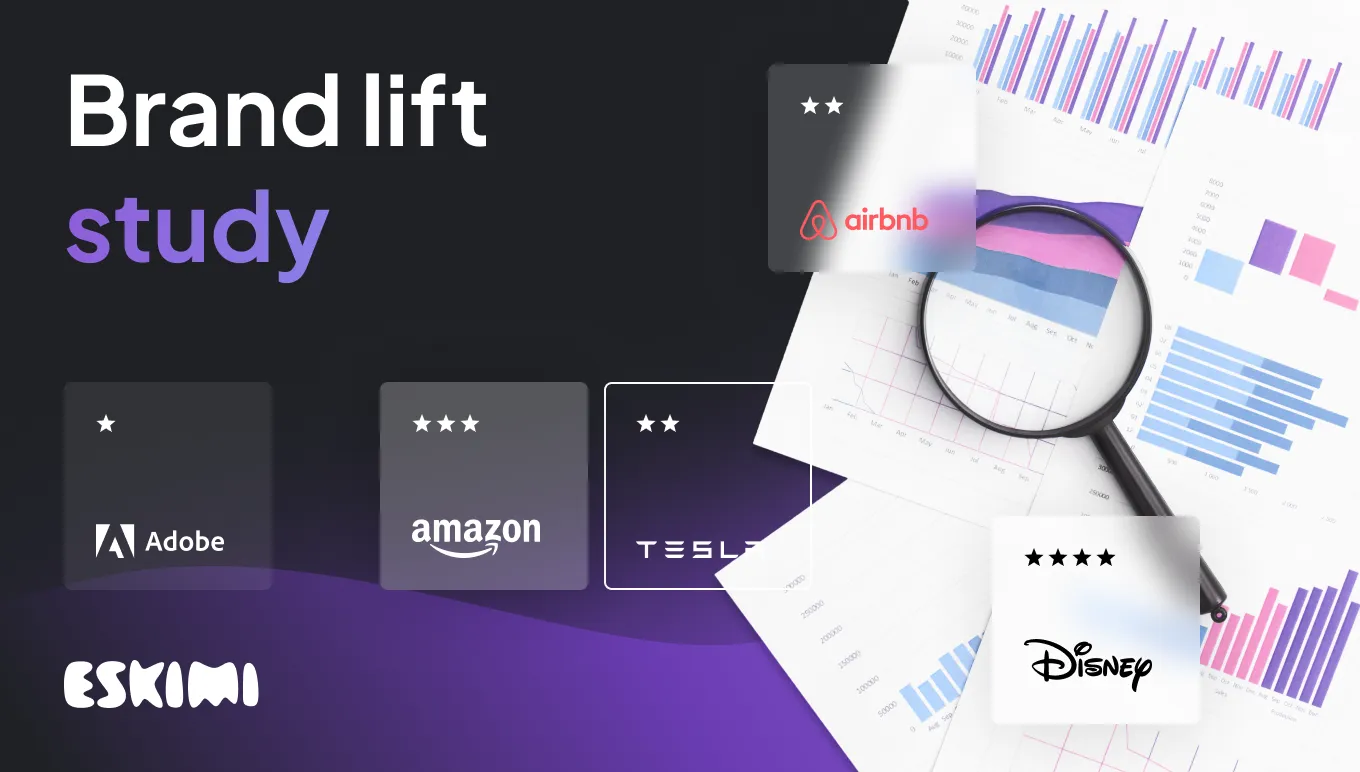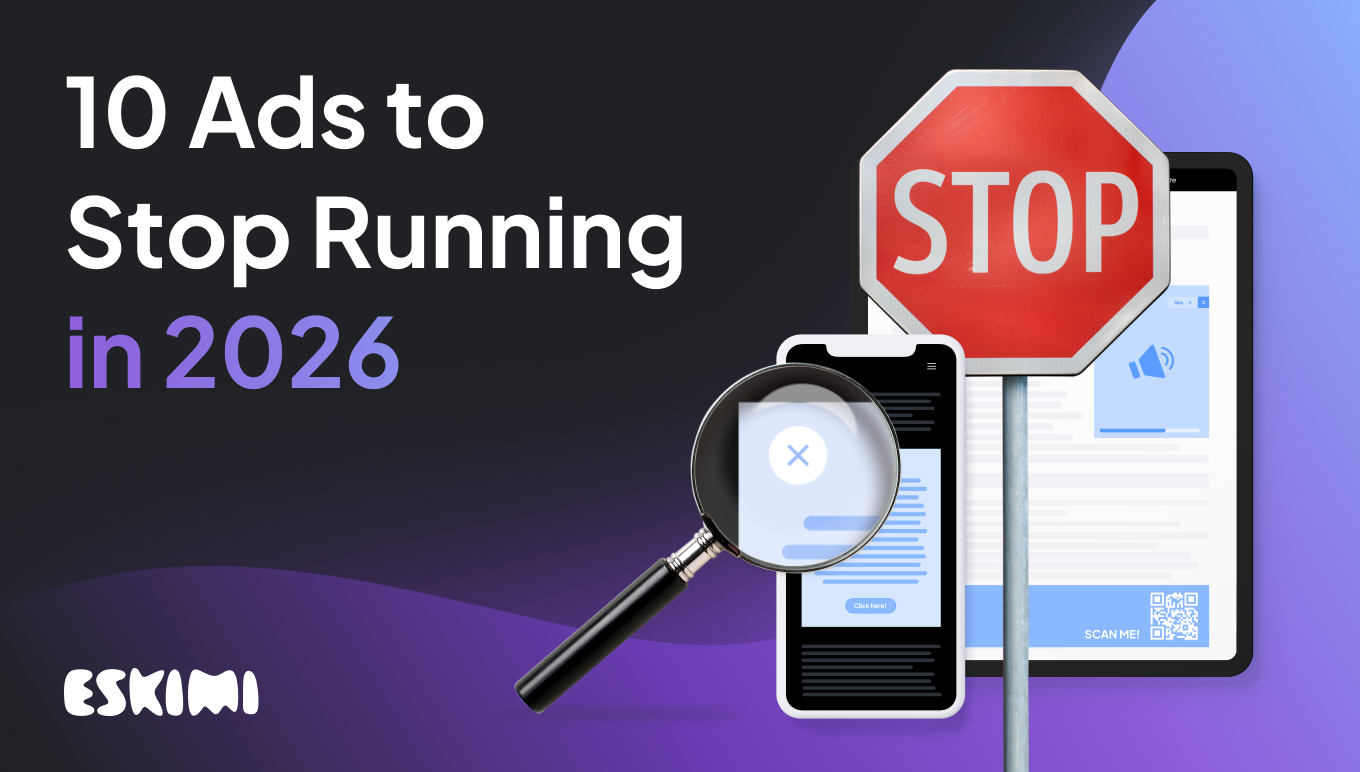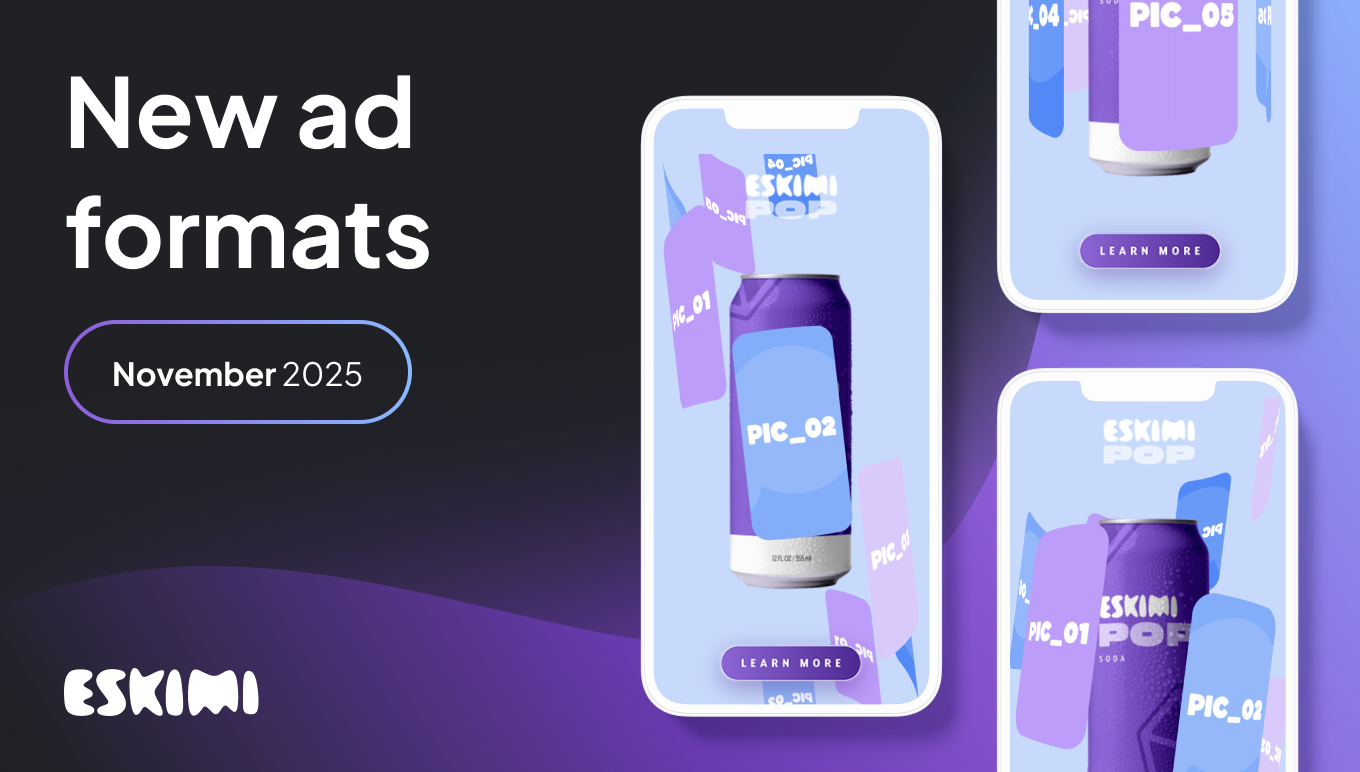Brand Lift Study: The 2025 Advertiser's Guide

A Brand Lift Study (BLS) is a crucial yet often misunderstood tool designed to measure the effectiveness of your marketing campaigns beyond mere clicks and impressions. It peels back layers to reveal how advertising influences consumer perception, awareness, and intent.
In an era where competition is fierce, and consumer attention is fragmented, leveraging these insights can be the difference between a campaign that resonates and one that fades into the background.
What is a Brand Lift Study?
A brand lift study measures how marketing efforts influence consumer perceptions and behaviours towards a brand.
Unlike traditional metrics, which may focus on immediate conversions or click-through rates, a brand lift study delves deeper, assessing the effectiveness of a brand's messaging and its resonance with the target audience over time. It's a tool that has been around forever, but fits perfectly to this new era of programmatic advertising.
What Does a Brand Lift Study Measure?
What do you actually measure with a brand lift study? Let’s explore each layer.
Brand awareness: Measures the extent to which consumers are familiar with your brand. It's crucial to track both aided and unaided awareness. Aided awareness involves prompting respondents with your brand name, while unaided awareness assesses spontaneous brand recall.
Brand perception: Gauges changes in how consumers perceive your brand's attributes. This could include perceptions of quality, value, and trustworthiness. Understanding shifts in perception can help you tailor your messaging to reinforce desired brand qualities.
Consideration: Measures the likelihood of consumers choosing your brand over competitors.
Ad recall: Reflects the percentage of your audience who can recall viewing your ad within a specific timeframe. This metric is pivotal in assessing the memorability and resonance of your campaign's creative elements.
Purchase intent: Assesses the likelihood of consumers considering or purchasing your product or service after being exposed to your ad. It directly indicates your campaign's effectiveness in nudging consumers along the buyer's journey.

Ways to Conduct a Brand Lift Study
There are different ways of conducting these surveys. Let’s explore some of the possible options.
Traditional Surveys / Focus Groups
One way to do this is to put together a consumer panel/focus group of people across a wide range of demographics. Another way to do it is to conduct a brand perception or sentiment analysis survey, asking consumers questions about their thoughts, feelings and mental associations for your brand.
Third-Party Companies
Companies short on resources or time might use external market research firms for brand lift studies. These firms do the work for you, but it comes with an associated fee.
Ongoing and Custom Panels
Ongoing and custom panels consist of curated groups of individuals who have agreed to participate in market research over a period of time. These panels are "ongoing" in the sense that they provide continuous feedback on various aspects of your brand, marketing campaigns, and products or services.
Custom panels, on the other hand, are specifically recruited to match the demographic, psychographic, or customer profile you are targeting, providing tailored insights that are highly relevant to your brand's specific objectives.
Sentiment Analysis
Sentiment analysis is a more sophisticated way of conducting a BLS, focusing on gauging the emotional response and perceptions of consumers towards a brand or its specific campaigns. This method employs natural language processing (NLP), text analysis, and computational linguistics to identify, extract, and study affective states and subjective information from various sources of consumer-generated content.
Brand Lift Study Template
Here is a brand lift study template we created at Eskimi.

Brand Lift Study Example

Now, let's explore a BLS we ran for Ferrero Rocher at Eskimi.
Stats
- 629k+ impressions
- 2518 respondents
- 2 focus problems
Objective
Evaluate the impact of the displayed ads on the consumer mood and study the preference of target audience in choosing gifts for the Ramadan holiday season.
Overview
95% respondents did not see the ads. Ferrero products rests on the 3rd position after Dried fruits and "Other" with 198 respondents as the preference for gifts during Ramadan holiday. The biggest jump of increased intention and interest was for the audience who were previously presented with the Ferrero ads.
Takeaways
To benefit dried fruits & coffee/tea as the most favoured gifts, Ferrero products can be displayed in a banner next to a hot drink to show these two are complementary.
Conducting a Brand Lift Study: A Step-by-Step Guide
Conducting a brand lift study entails several steps. Let’s break it down.
- Setting clear objectives
Before embarking on a brand lift study, it's crucial to delineate what you aim to achieve. Clear objectives not only streamline the focus of your study but also dictate the metrics for success. Consider the following when setting your objectives:
Identify Key Performance Indicators (KPIs): Determine what success looks like for your campaign. Is there an increase in brand awareness, improved brand perception, or higher purchase intent?
Benchmark current brand metrics: Understand where your brand stands before the campaign. This baseline is essential for measuring the lift effect post-campaign.
- Choosing the right audience
A brand lift study’s accuracy heavily depends on targeting the right audience. Here's how to ensure you're focusing on the demographic most relevant to your study:
Segment your audience: Break down your audience based on demographics, psychographics, and behaviour. This segmentation helps tailor your study to the groups most impacted by your marketing efforts.
Utilize audience insights: Leverage data from social media platforms, customer databases, and market research to refine your target audience.
Consider control and exposed groups: For a more accurate measure of brand lift, include both a group that has been exposed to your campaign (exposed group) and one that hasn't (control group).
- Brand Lift Study questions
The cornerstone of any brand lift study is your questions to your audience. Thoughtfully crafted questions can unveil deep insights into brand perception and consumer behaviour. Here are some examples and tips for framing your questions:
Brand awareness questions
- How familiar are you with [Brand Name]?
- Have you heard of [Brand Name] in the last [timeframe]?
Brand perception questions
- How would you describe your perception of [Brand Name]?
- What words come to mind when you think of [Brand Name]?
Brand consideration questions
- How likely are you to consider [Brand Name] for your next purchase?
- How does [Brand Name] compare to other brands you are considering?
Action-οriented questions
- How likely are you to recommend [Brand Name] to a friend or colleague?
- Have you taken any action as a result of seeing [Brand Name] advertising?
Brand Lift Study Benefits
Why should you care about brand lift? What’s the value for your brand? Here are some of the main benefits of BLS.
Assess campaign effectiveness: Gauge the impact of marketing efforts by measuring changes in key brand metrics post-campaign.
Optimize budget allocation: Allocate marketing spending more efficiently by identifying high-impact campaigns and channels.
Inform future strategies: Use insights on messaging, creativity, and targeting that resonate with audiences to refine future campaigns.
Understand audience preferences: Gain insights into audience engagement and preferences to tailor more effective marketing efforts.
How much does a Brand Lift Survey cost?
The cost of a Brand Lift Survey varies according to:
- Selected method
- Provider
- Complexity
- Scale
In Eskimi's case, for a $10K campaign we include the survey as part of spend with no added service charges and include custom creatives as well.
For X (previously known as Twitter), you can enable surveys on campaigns with a minimum spend at no additional cost. Campaign minimums differ according to location. They range from $30K for Mexico to 150K for the UK.

For Meta, you need to divide your campaign's total spend by the brand lift to find the cost per brand lift. For instance, spending $200,000 on ads leading to 212,000 people recalling your brand equals a cost of $0.94 per person influenced by your ads.

Here is a YouTube example of what BLS looks like.

For Google, the survey is again free if it meets the minimum budget requirements. Please see the relevant table below.

Source: Google Support
Interpreting Brand Lift Study Data
Creating and conducting the study means nothing if you can’t read into the findings. What are the learnings? What can you take away from the results, and how can you improve your brand?
Turning data into actionable insights
Interpreting Brand Lift metrics is more than a numerical exercise; it's about translating numbers into narratives and actions. Here's how to turn these insights into effective decision-making strategies:
Baseline: Establish clear benchmarks and baseline measurements before your campaign begins. This comparison is critical for understanding the true impact of your advertising efforts.
Segment and analyze: Break down the data by key demographics, behaviours, and channels. This segmentation reveals nuanced insights, allowing for targeted strategies that resonate with specific audience segments.
Identify patterns and anomalies: Look for patterns or anomalies in the data. If ad recall is high but purchase intent is low, investigate the barriers preventing conversion.
Actionable strategy scenarios
If brand awareness is low, consider strategies to increase visibility, such as amplifying reach through diversified channels or employing more memorable creative elements.
When ad recall is high, but brand perception is neutral or negative, reassess your messaging to ensure it aligns with your brand values and resonates positively with your target audience.
For low purchase intent, explore optimizing the customer journey, improving product offerings, or offering incentives.
Brand Lift Studies: Platform Breakdown
What does the brand lift study experience look like on different platforms? Here are some more insights.
.avif)
Are Brand Lift Studies Underutilised?
The methodology has been around for quite some time but many brands are either neglecting its efficacy or underutilizing it altogether. Brand lift studies can be a powerful tool when conducted and analyzed properly. If you have more questions or want to run a BLS with Eskimi, feel free to contact us.
Level Up Your Advertising with Eskimi
- Reach 96% of Open Web
- 2,500+ Targeting Options
- 100% Managed or Self-Service
- In-House Creative Studio Team
- Display, Video, In-Game & CTV
- #1 Rated DSP on G2




.png)